At the Ministry of Transport’s (MOT) Committee of Supply (COS) Debate 2019 on 7 March 2019, new plans and measures for the future were unveiled. We summarise the latest Public Transport offerings as highlighted in this year’s COS Debate.
Land Transport Master Plan (LTMP) 2040 Advisory Panel’s Recommendations
During the Committee of Supply (COS) debate on 7 March 2019, Acting Minister for Transport Vivian Balakrishnan announced that the government has accepted the recommendations of the Land Transport Master Plan (LTMP) 2040 advisory panel.
In February 2019, the Advisory Panel made recommendations in three key areas:
- 20-minute Towns and a 45-minute City
More convenient, connected and fast journeys using public, active and shared modes of transport, such that journeys to the nearest neighbourhood centre are completed in less than 20 minutes, and 9 in 10 peak-period journeys are completed in less than 45 minutes - Transport for All
A more inclusive land transport system that is supported by a caring and gracious commuting culture - Healthy Lives, Safer Journeys
A land transport system that is safe, supports active lifestyles and contributes to a cleaner environment.
Account-Based Ticketing – SimplyGo
Following a successful pilot of the Account-Based Ticketing (ABT) system, the Land Transport Authority (LTA) will launch SimplyGo starting with Mastercard® on 4 April 2019.
SimplyGo (previous working name “ABT”) enables commuters to use contactless bank cards as their travel card on public transport, removing the need to carry a separate travel card or make any upfront top-ups before travelling. Commuters can easily keep track of their travel expenditure and history by registering for an account on the TransitLink SimplyGo Portal, available online and via the TL SimplyGo mobile app.
For a start, SimplyGo will include all Mastercard contactless bank cards. LTA is working closely with Visa, and expect them to be part of SimplyGo by later this year. Towards the end of the year, commuters without contactless bank cards can also enjoy benefits of SimplyGo, by upgrading their existing travel cards (i.e. Concession Cards, ez-link or NETS FlashPay cards).
With SimplyGo, all Mastercard contactless card users will not need to pre-register their Mastercard for public transport rides. Participants of the pilot started in March 2017 can continue to use the same Mastercard to travel with SimplyGo. Service Ambassadors will be deployed at train stations to assist commuters during the initial launch.
Full LTA Press Release – An Easier Way to Travel with SimplyGo
Update (May 2019): SimplyGo for Visa cards will commence on 6 June 2019.
Rail Industry
Rail Reliability 2018
Improved rail reliability was discussed at the COS 2019, with Mean Kilometres Between Failure (MKBF) figures released for Year 2018. In 2018, the Mean Kilometres Between Failure (MKBF) is at 690,000 train-kilometres, which is more is more than triple the 181,000 train-kilometres in 2017. The results for the past few years are summarized below:
| Line | Mean Distance Travelled Between Delays > 5 min (train-km) | |||
| 2015 | 2016 | 2017 | 2018 | |
| North South Line | 121,000 | 156,000 | 89,000 (336,000*) | 894,000 |
| East West Line | 162,000 | 145,000 | 162,000 (278,000*) | 408,000 |
| North East Line | 213,000 | 174,000 | 663,000 | 1,369,000 |
| Circle Line | 118,000 | 228,000 | 523,000 | 728,000 |
| Downtown Line | 45,000 | 260,000 | 650,000 | 928,000 |
| Bukit Panjang LRT | 33,000 | 36,000 | 53,000 | 43,000 |
| Sengkang & Punggol LRT | 54,000 | 72,000 | 115,000 | 216,000 |
| All MRT Lines (Average) | 133,000 | 174,000 | 181,000 (390,000*) | 690,000 |
| All LRT Lines (Average) | 42,000 | 49,000 | 77,000 | 82,000 |
Note: * – Original figure released in February 2018 by LTA which “exclude the delays arising from the on-going CBTC Tests”
LTA Rail Service Reliability Performance – Updated as of 11 Feb 2019
In the Committee of Supply Debate 2018, Transport Minister Mr Khaw Boon Wan set a new target for MRT reliability in 2018 at 400,000 train-kilometres, which was well surpassed by the actual performance of 690,000 train-kilometers.
However, figures reported in 2018 for Rail Reliability in 2017 did not account for delays arising from the Communication-Based Train Control (CBTC) system testing on the North South and the East West Line. This resulted in the average MKBF for the MRT Network for 2017 to be at 390,000 km (as mentioned during COS 2018) instead of the actual 181,000 km (as mentioned during COS 2019) with these delays factored in. In particular, the North South Line had its MKBF decreased by about 57% compared to the previous year (2016), instead of the 115% increase in MKBF which did not include the CBTC-related delays.
Extracts from the LTA Rail Service Reliability Performance for both 2011 – 2017 and 2018 are as follows, with discrepancies in the Train Reliability for 2017 due to the exclusion of delays arising from CBTC Tests.
The effort to improve rail reliability is continuous, with the on-going Bukit Panjang LRT Overhaul as well as shortened operating hours for rail renewal work.
High Speed Rail
Main Article: Singapore – Kuala Lumpur High Speed Rail
Singapore has agreed to Malaysia’s two-year deferment of the High-Speed Rail implementation until 31 May 2020. As part of the agreement, Malaysia reimbursed Singapore S$15 million (remitted on 31 January 2019) for abortive costs incurred by the deferment. Both countries also called off the ongoing international joint tender for an assets company to operate the 350km line due to the suspension, and HSR express services are now expected to commence on Jan 1, 2031, four years later than initially announced.
Rapid Transit System Link
Main Article: Singapore – Johor Bahru Rapid Transit System (RTS) Link
Under the original plan, both Governments are obliged to jointly call an open tender to appoint the RTS Link Operating Company (OpCo), with the deadline set at 31 March 2019.
However, Malaysia has repeatedly delayed confirming its Joint-Venture (JV) partner for the RTS Link OpCo. Most recently, on 28 February 2019, Malaysia asked for another deadline extension to 31 March 2019. The RTS Link is no longer on track to commence service by the original date of 31 December 2024.
Hume MRT Station
Hume MRT Station (DT4) was announced by Senior Minister of State for Transport Dr Janil Puthucheary. It would open around 2025, as a step to achieve the goal of 20-minute towns and a 45-minute city by 2040.
The station was originally built as a shell station as part of Downtown Line Stage 2 when it opened in 2015, as the pace of developments and ridership growth in the area did not warrant its opening at the time. Dr Janil also mentioned that with several upcoming developments along the Rail Corridor, there would be sufficient ridership to justify opening Hume MRT Station.
Priority Cabin Pilot
Senior Parliamentary Secretary for Transport Baey Yam Keng announced that LTA will be conducting a pilot on one rail line to designate Priority Cabins for vulnerable commuters such as seniors, persons with disabilities and families with young children. The priority cabins will be located near the station lifts where possible.
Feasibility of a new MRT line to Tuas South and Jurong Island
Mr Arasu Duraisamy raised a suggestion for a feasibility study of a new MRT line to Tuas South and Jurong Island. Responding to the suggestion, Dr Janil mentioned that there is not enough ridership in the near to medium term to support an MRT line for Tuas South as the area is still in the initial stages of development. Workers in Tuas South would benefit from the completion of the Jurong Region Line and the Cross Island Line in the years to come.
With the opening of Tuas West Extension in June 2017, bus connectivity to the Tuas South area was improved with LTA launching new Bus Services 247 and 248. These services ply the Tuas South area, in addition to Bus Service 182/182M.
Dr Janil also mentioned that there are no plans to extend the MRT onto Jurong Island itself. The future Jurong Pier Station on the Jurong Region Line (JRL) is located only a short distance away from Jurong Island Checkpoint. When completed in 2028, commuters would be able to travel on the JRL to the Checkpoint, before transferring to a shuttle bus or company transport, taking them through security and onwards to the various industries around the island.
An example given during the COS was that if a station was placed on Jurong Island itself, it is unlikely to create any added convenience or time savings because the workers would still need to go through the Checkpoint security, and transfer to an onward last-mile shuttle to their final destination given how spread out the developments are on the island.
Heart Zone at Yishun MRT Station
Mr Baey mentioned that later in 2019, the Public Transport Council (PTC) will implement Heart Zone at Yishun MRT station, in partnership with Yishun Health.
Heart Zones are designated areas in an MRT Station where commuters can assist fellow commuters who may need help on their public transport journey.
Other Heart Zones currently on the train network include Outram Park (launched in August 2017), Novena and Jurong East (both launched in June 2018). PTC aims to have Heart Zones at all MRT stations near every restructured hospital; such as Sengkang and Simei.
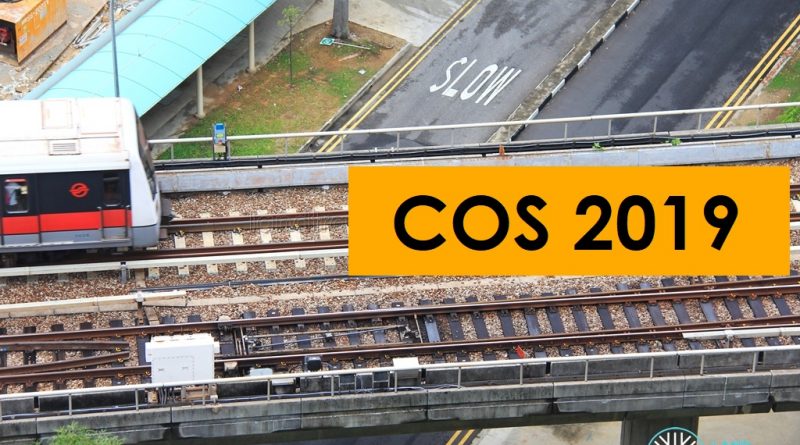
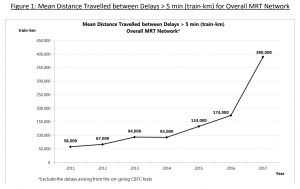
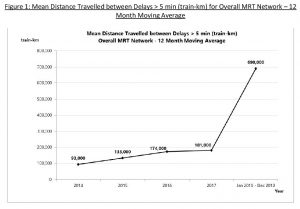

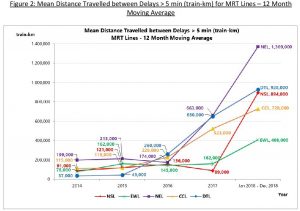

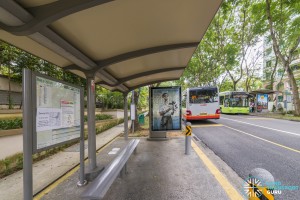
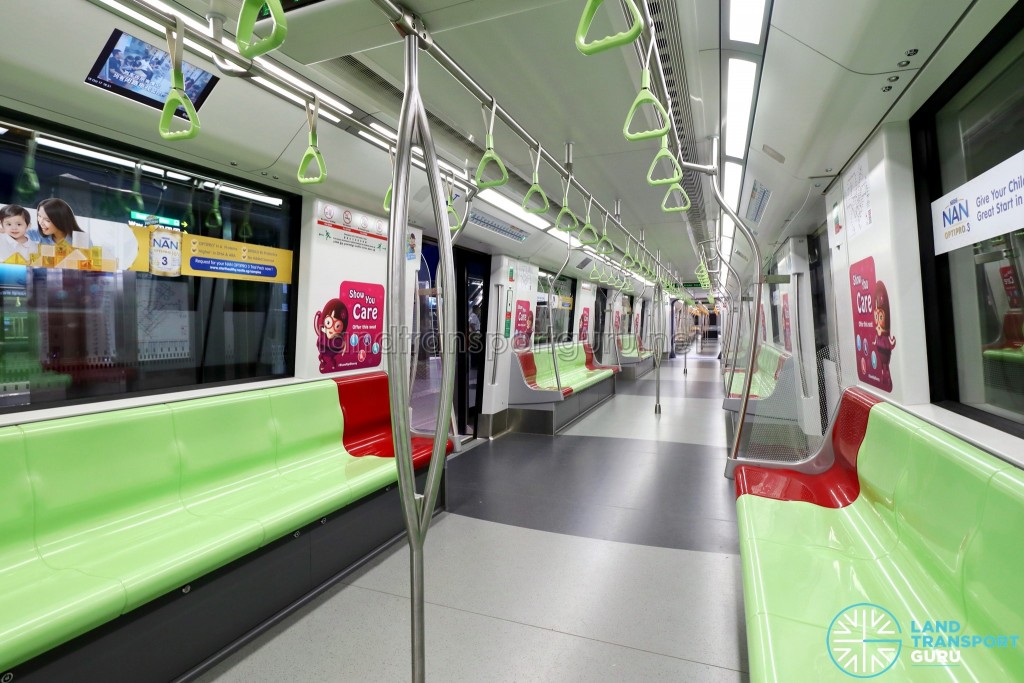
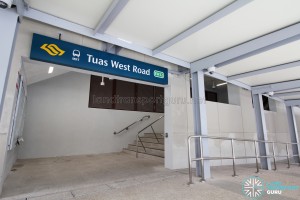
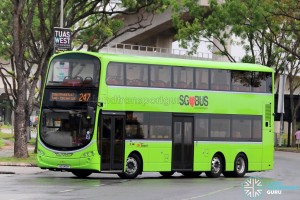
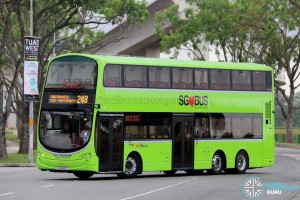

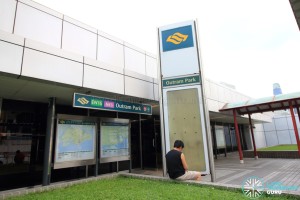
Why couldn’t they build Bukit Brown MRT, Sungei Kadut MRT, Hume MRT and a NE2 station first, then close it until demand is needed then open them?